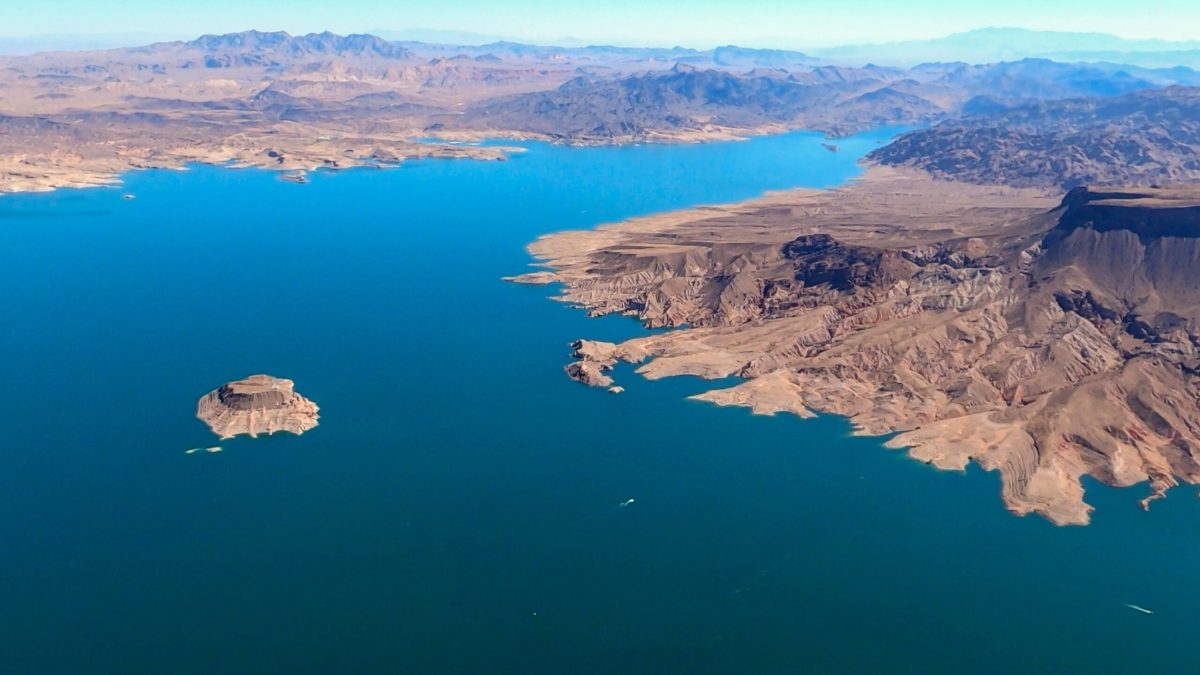The Future of the Colorado River: Federal Plans Unveiled as a Crucial Deadline Looms


 Federal water officials have outlined the next steps for managing the Colorado River, a lifeline for seven Western states, multiple tribal nations, and millions of people who rely on its water and hydropower. On Wednesday, the Bureau of Reclamation revealed a series of proposals to address the pressing need for a sustainable water management plan before legal agreements governing the river expire in August 2026.
Federal water officials have outlined the next steps for managing the Colorado River, a lifeline for seven Western states, multiple tribal nations, and millions of people who rely on its water and hydropower. On Wednesday, the Bureau of Reclamation revealed a series of proposals to address the pressing need for a sustainable water management plan before legal agreements governing the river expire in August 2026.
Four Proposals and a “No Action” Alternative
Bureau of Reclamation Commissioner Camille Calimlim Touton announced four potential approaches and one “no action” alternative, leaving critical decisions for the incoming Trump administration. With just 20 months to act and formal environmental assessments still pending, the race is on to secure the river’s future amid increasing strain from climate change and prolonged drought.
While no firm recommendations were made on how to allocate the river’s water, the announcement incorporated elements from competing proposals submitted earlier this year by three primary stakeholders:
1. Upper Basin States: Colorado, Utah, New Mexico, and Wyoming, where most of the river’s water originates.
2. Lower Basin States: California, Arizona, and Nevada, which depend heavily on reservoirs like Lake Powell and Lake Mead.
3. Native American Tribes: Over two dozen tribes with legally recognized water rights.
Exploring the Options
The four proposals aim to balance conservation, infrastructure protection, and collaboration among stakeholders:
– Critical Infrastructure Protection: Focuses on maintaining existing agreements and ensuring essential infrastructure like dams operates effectively, without introducing new delivery or storage methods.
– Enhanced Storage and Delivery: Proposes additional storage capabilities for Lake Powell and Lake Mead, along with federal and non-federal systems to improve sustainability and flexibility during shortages.
– Cooperative Conservation: Inspired by advocacy groups, this option emphasizes shared contributions from stakeholders to manage water releases from Lake Powell.
– A Hybrid Approach: Combines aspects of Upper Basin, Lower Basin, and tribal proposals to encourage conservation, expand storage and delivery options, and level the playing field for tribal and non-tribal entities.
The “no action” alternative, required under federal law, does not meet the objectives of addressing water shortages but serves as a baseline for comparison.
Stakes Are High
Legal agreements governing the Colorado River’s use will expire in 2026, making it critical for all parties to reach a new consensus. The river’s water irrigates vast farmlands, powers homes and businesses, and serves cities like Denver, Las Vegas, and Los Angeles.
“This is a critical moment,” said Tom Buschatzke, Arizona’s lead negotiator, acknowledging ongoing divides between Upper and Lower Basin states. Tribes, such as the Gila River Indian Community in Arizona, are also asserting their water rights, further complicating negotiations.
Some stakeholders see promise in the proposed alternatives. “The flexibility built into these plans is encouraging,” said Sarah Porter, director of the Kyl Center for Water Policy at Arizona State University. “It shows there’s room for continued negotiation.”
However, others, like Kyle Roerink of the Great Basin Water Network, stress the urgency of bold actions. “The river needs basin-wide curtailments, stronger agreements with tribes, and a reevaluation of outdated infrastructure,” he said.
The Road Ahead
As the clock ticks, federal and state officials face immense pressure to finalize a workable plan. Democratic Senator John Hickenlooper of Colorado urged collaboration, warning, “The only path forward is a unified seven-state solution. Otherwise, we’ll waste precious time fighting in court while the river runs dry.”
The announcement comes on the heels of a political transition, with Vice President Kamala Harris conceding the election to former President Donald Trump. The incoming administration will inherit the challenge of addressing one of the West’s most complex water crises.
Despite the change in leadership, experts like Sarah Porter remain optimistic. “While the administration may change, many of the people working on these issues will stay involved. There’s an expectation of continuity in the negotiations,” she noted.
As stakeholders prepare for the upcoming Colorado River Water Users Association meeting in Las Vegas, all eyes will be on their ability to bridge divides and safeguard the river’s future.



